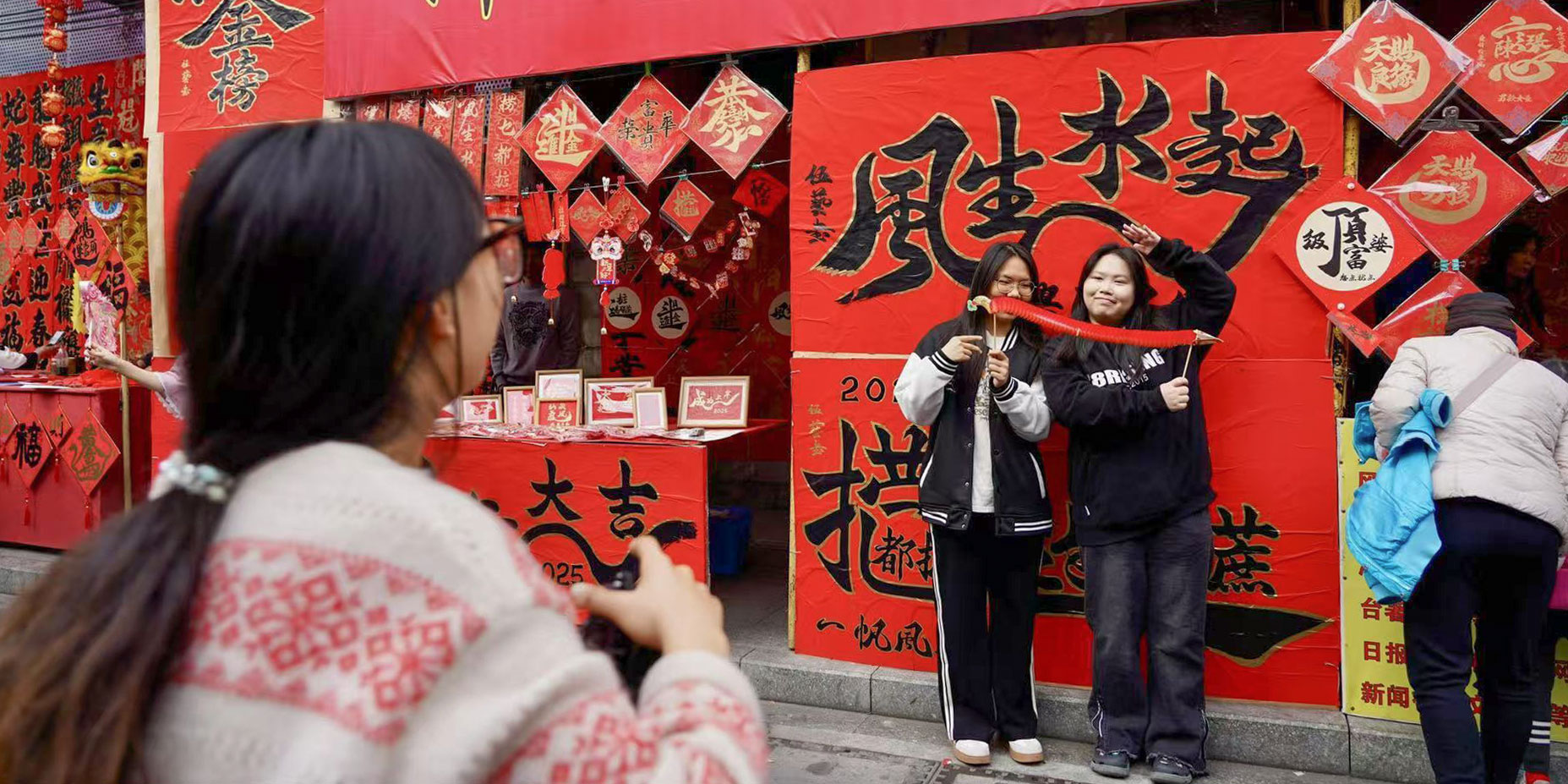
Spring Festival 2.0: How Gen-Z Is Changing China’s Biggest Holiday
Red envelopes are going digital, Chinese New Year feasts arrive by courier, and “cyber relatives” pop up in chat groups. For China’s Gen-Z, the Spring Festival is still the biggest holiday of the year, but the way they celebrate is evolving — more online, more personalized, shaped by social media and a growing appetite for niche traditions.
Tracking this shift in real time, two recent reports offer a snapshot of how younger generations are reshaping the holiday. A survey of nearly 6,000 users by Just So Soul — run by Soul, the Chinese social app with approximately 30 million monthly active users — highlights Gen-Z’s changing attitudes toward family gatherings, spending, and traditions.
Meanwhile, e-commerce data from Taobao, China’s top online shopping platform, shows young consumers driving the holiday economy, moving from traditional market hauls to curated, social-media-inspired buys and interactive shopping experiences.
For all the pressures that come with family reunions—awkward questions, marriage talk, and shifting traditions—the Spring Festival remains central to China’s Gen-Z.
According to Soul’s new survey, “2025 Gen-Z Spring Festival Attitude Report,” over 60% of young respondents still consider it the year’s most significant holiday. But while the festival’s emotional core stays intact, digital interactions, personalized traditions, and a more flexible approach to customs are reshaping the way they celebrate.
For many young Chinese, the biggest draw of the Spring Festival is the break itself. The extended eight-day holiday ranks as their top reason to celebrate, even edging out hometown feasts.
Beyond the time off, Gen-Z still embraces classic traditions. Firecrackers, red envelopes, and sleeping in are among their favorite holiday rituals. And despite ongoing debates about whether the festival has “lost its spark,” the Soul survey found that many young people disagree. More than a quarter of respondents felt the holiday atmosphere was stronger than before, while others said it had simply evolved with the times.
More than a third of Gen-Z users also said they spend more time socializing digitally than in person during the holiday, a trend most pronounced in major cities. From sending virtual red envelopes to exchanging online New Year greetings in group chats, digital-first traditions are becoming an integral part of the festival.
Even the concept of “cyber relatives” has emerged, referring to the friends, online communities, and interest groups young people engage with in their daily lives in the cities they work in — playing the role of extended family during the holiday.
But as Gen-Z reshapes how they celebrate, family reunions still come with familiar pressures. The Soul report highlights intergenerational tensions, particularly for young women and those aged 18-29, who often find themselves fielding questions about education, careers, and marriage.
The pressure to be urged about getting married weighs heaviest on those aged 25-29, especially in smaller cities where family structures remain more rigid.
Economic concerns add another layer of stress. For many, the Spring Festival is one of the costliest times of the year, with social obligations and family responsibilities piling up. Young people in smaller towns report feeling the greatest financial strain, balancing expenses for gifts, travel, and festive gatherings.
Amid the financial strain, Gen-Z is also spending differently, a shift that’s shaping the festival itself. Virtual red envelopes have become a staple, often personalized with animations or private messages. Shopping has turned into a more interactive experience, with young consumers increasingly turning to livestream sales and social commerce to purchase New Year goods.
As emotional value now weighs as much as practicality in spending choices, Gen-Z is not only reshaping holiday consumption but also setting the stage for a new kind of Spring Festival economy.
Unlike older generations, who prioritized practicality, Gen-Z is reshaping the Spring Festival economy around aesthetics, personalization, and emotional value.
The Soul survey shows that half of young consumers spend more during the holiday, with livestream shopping becoming a key part of the experience. Women are leading the trend, while men are more likely to splurge on gaming—investing in skins, virtual items, and character upgrades as part of their celebrations.
Older generations, once skeptical, are warming up to online shopping. While Taobao’s data show that 18-24-year-olds have seen the fastest growth in New Year spending, outpacing all other groups. At the same time, elderly family members are increasingly warming up to e-commerce, replacing crowded market trips with the ease of home delivery.
(Header image: Young Chinese pose for a photo with a snake-shaped toy in Foshan, Guangdong province, Jan. 22, 2025. Weng Huan/Southern Weekly/VCG)










